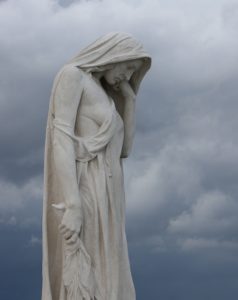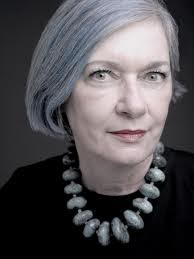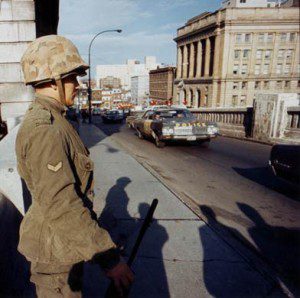
The man sat at the back of the audience area through most of my presentation. I spoke, as I usually do in those situations, walking among those in the audience, in this case 30 people seated at about eight tables. My topic was the Battle at Vimy Ridge coming up to the 100th anniversary next year. And I was speaking at a small Ontario fair last weekend. I could see the man was reacting to what I had to say. He frowned a lot and when I’d finished he put up his hand.
“Is it true that all the French-Canadian troops threw their rifles overboard on the way over to France?” he asked.
I paused a second, wondering where he was going with the question. I didn’t want to think there was prejudice involved. “No. I don’t think that’s true, since one of the key regiments at Vimy was the Royal 22nd from Quebec.” (more…)




